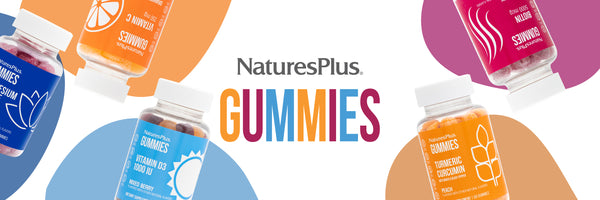Don’t let your allergies snuff the joy out of your holidays this year.
If you’re one of the roughly 50 million Americans who suffer from allergies, then you know all too well the challenge of combating seasonal culprits such as live greenery, roasted nuts and scented candles.
For many holiday revelers, these things bring comfort and joy, but for allergy suffers, they may cause wheezing, itchy eyes and a stuffy nose—not to mention headaches, digestive upsets or skin irritations.
This year, try switching things up. Whether you are affected personally or have friends and family members who are susceptible, you don’t have to let allergies sabotage the holiday spirit.
Dealing with Common Holiday Allergy Triggers
Here are some ways to reduce the risk of allergic reactions during the holidays and enjoy the spirit of the season.
Allergies to Trees and Other Live Greenery
The trees and wreaths themselves might not be as problematic as the mold or pollen they may harbor.
Spraying live greens with a garden hose before bringing them indoors can minimize this allergy source. Some retailers have shaking machines that physically remove many allergens from trees.
Experts suggest placing greenery in a well-ventilated area and limiting its indoor time to no more than a week or two.
Artificial trees can also cause problems if mold or dust accumulates during storage, so it’s best to wipe them with a cloth before assembly.
Allergies to Holiday Decorations
Do you love and cherish the embroidered stocking your grandmother made? If it was stored in a damp basement or musty attic, it could be harboring mold, dust mites and other allergens.
Wash stockings, tree skirts and anything else made of fabric or any other porous materials before displaying. It is also a good idea to store them in dry plastic totes during the off-season to help keep them allergen-free.
An even better idea? Use plastic, metal or glass decorations that don’t hold dust mites like fabric can.
Allergies to Holiday Fragrances
Holiday candles, potpourri and perfumes may cause trouble. Not only can the scents be irritating, but indoor candles also create soot.
Unscented beeswax or soy candles are less likely to create problems than those made from paraffin. Also, go easy on strong-scented plants such as gardenias and pine wreaths.
Even baking odors may trigger discomfort, so use kitchen exhaust fans vented to the outdoors.
Allergies to Firewood
Wood stored outdoors may be musty or moldy.
Skip the fire if smoke irritates sinuses or provokes an asthma attack Instead, try replicating the effect with a gas or electric fireplace.
Party Food Allergy Hazards
It's important to be particularly mindful at potluck celebrations, since cross-contact (i.e., allergen remnants transferred via utensils or containers) happens more readily.
The risk for accidental ingestion increases with hidden allergens in readily available party foods that include nuts, shellfish, chocolate, eggs, wheat and milk.
Be sure to read labels, and if you’re susceptible, don’t eat any food that doesn’t have an ingredient list. If you’re hosting a holiday get-together, provide a selection of foods without problematic ingredients.
School parties can be disastrous for kids with food allergies, so be sure to alert your child’s teacher to these allergies before any classroom gatherings that might have potentially dangerous treats.
Offer to bring treats for your child’s class to help guarantee safe snacking for everyone. Or send acceptable party foods in with your child.
Like this article? You’ll love our weekly newsletter
sign up here!
**These statements have not been evaluated by the Food and Drug Administration. This product is not intended to diagnose, treat, cure or prevent any disease.













































































